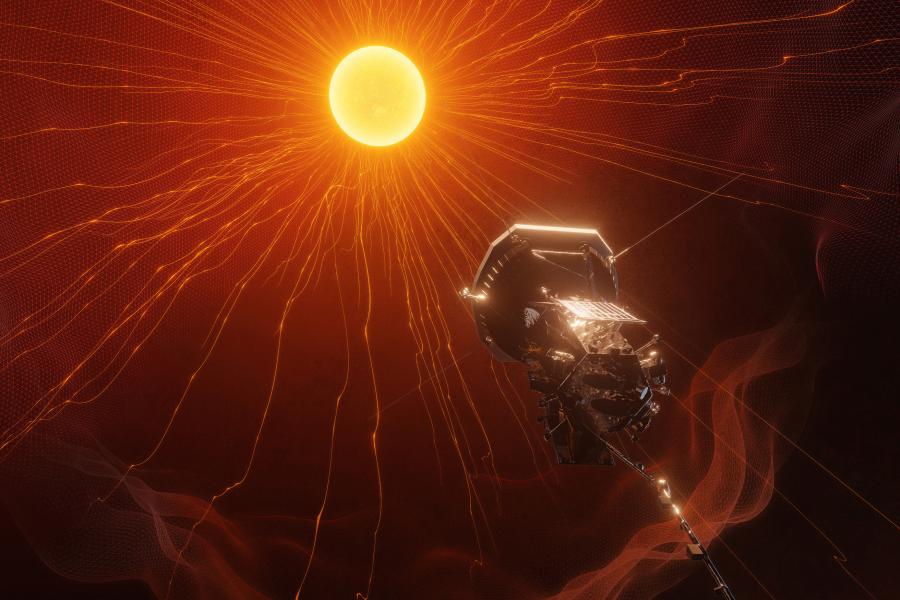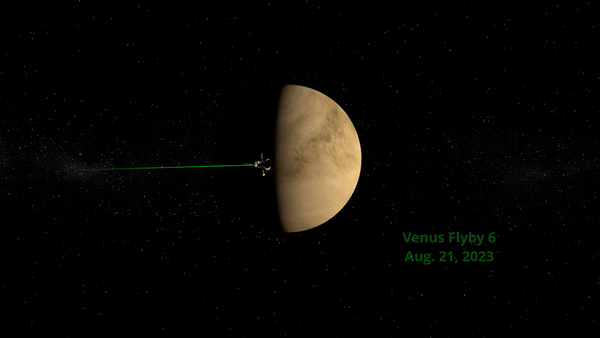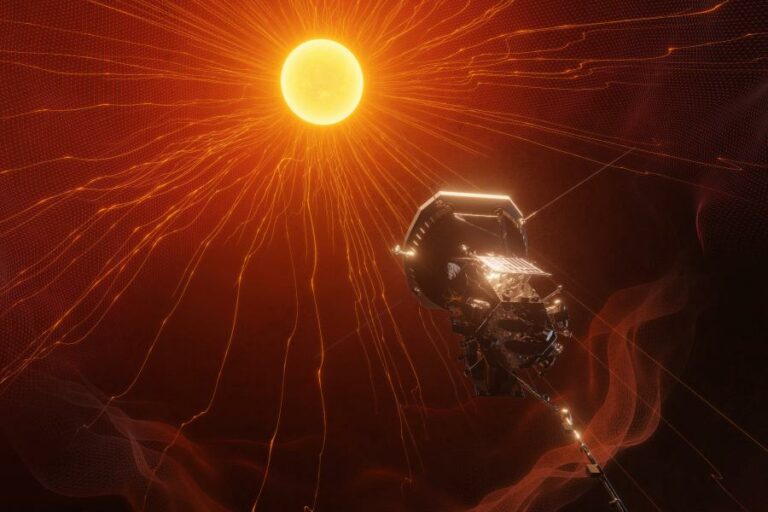Human-Made Probe Sets a New Record as the Fastest Object Ever Created
Plummeting through the vastness of the Solar System at an incredible speed of 635,266 kilometers (394,736 miles) per hour, NASA’s Parker Solar Probe has shattered the record for the fastest human-made object. This milestone occurred on September 27 during the probe’s 17th orbit around the Sun, where it diligently gathers crucial data on the intense streams of charged particles and turbulent magnetic forces enveloping our nearest star. This achievement comes less than three years after its prior record-setting speed of 586,863.4 kilometers (364,660 miles) per hour.

To put these mind-boggling speeds into perspective, an aircraft could complete approximately 15 circumnavigations of Earth in just one hour, or race from New York to Los Angeles in slightly over 20 seconds.
This extraordinary velocity not only establishes a new speed record but also positions the probe at a record proximity to the Sun – a mere 7.26 million kilometers above the scorching sea of plasma constituting the star’s surface. To grasp the scale, considering the Sun’s diameter of just under 1.4 million kilometers, this proximity is akin to standing a considerable distance away from a blazing campfire – close enough to catch a whiff of the smoke but not so near that your nose hairs would singe.
Remarkably, achieving such remarkable feats wasn’t solely the outcome of potent propellants; rather, it resulted from a meticulously timed celestial game of mini-golf.

To position the Parker Solar Probe in the heart of the solar action, it must deftly navigate in and out of the Sun’s corona. However, our vantage point is atop a mobile launch pad hurtling through space at tens of thousands of kilometers per hour.
NASA employed a robust rocket to align the trajectory and send their heat-shielded “ball” gliding down the celestial green at a velocity carefully calculated to counteract Earth’s orbital speed, directing it straight into the depths of the Solar System.
Synchronizing the probe’s course with the gradual movement of Venus involves leveraging the planet’s gravitational pull, decelerating the probe sufficiently to trace a progressively contracting spiral around the drain. After completing a total of 24 orbits, the Parker Solar Probe is anticipated to gracefully tip over the brink, delivering a space agency “hole in one” while accumulating a wealth of data crucial for enhancing our understanding of the Sun’s dynamics.
With seven more orbits on the horizon, it’s inevitable that these records will be surpassed once again, serving as a testament to what can be achieved with a touch of physics and an abundance of curiosity.
This article is republished from ScienceAlert under a Creative Commons license. Read the original article.
Do not forget to share your opinion with us to provide you with the best posts !





0 Comments